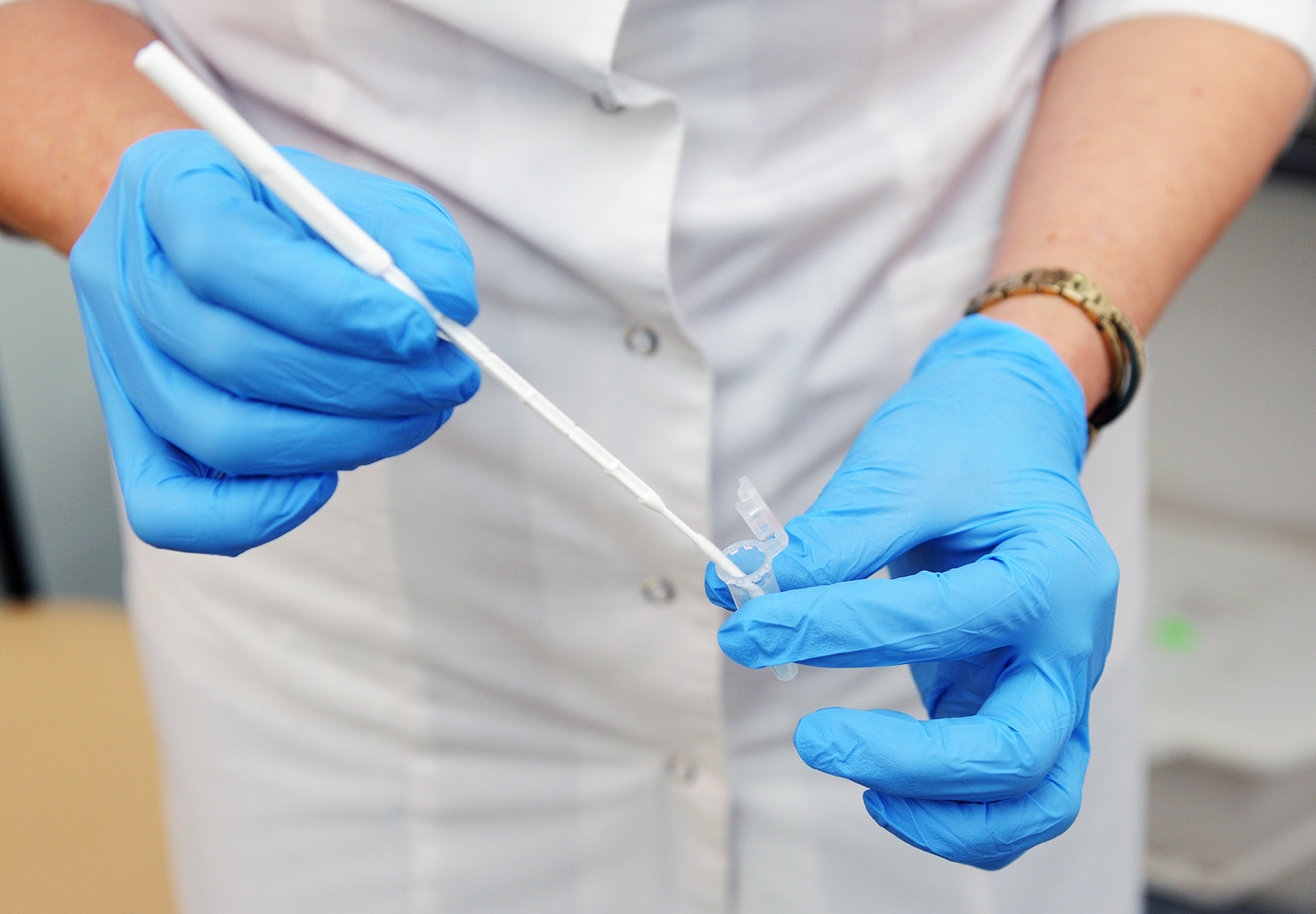According to the U.S. Centers for Disease Control and Prevention, roughly 13,000 new cases of cervical cancer are diagnosed in the country each year, with around 4,000 women dying of the disease on an annual basis. Since infection with human papillomavirus (HPV) causes most cervical cancers, detecting this virus is an important part of cervical cancer screening, though most HPV infections resolve on their own without developing into cancer.
On March 6, the American Association for Clinical Chemistry (AACC) published new guidance for the screening, surveillance, and diagnosis of cervical cancer in The Journal of Applied Laboratory Medicine, aiming to help clinical lab professionals and clinicians ensure they’re using the latest guidelines for detecting the disease. The guidance also includes a lab report template for cervical cancer and HPV detection, “to facilitate interpretation of testing results and clinical decision-making.”
Depending on a patient’s cervical cancer risk, current screening in the US involves one of three options:
- An HPV test on its own (known as primary HPV testing)
- An HPV test as well as a Pap test (known as co-testing)
- A Pap test on its own
The new AACC guidance covers:
- An assessment and comparison of current screening strategies in the US
- Self-collected vaginal specimens for HPV genotyping as a possible new approach for cervical cancer screening
- Descriptions of the latest FDA-approved tests for cervical cancer screening
- A summary of the latest screening recommendations from expert groups such as the American Society for Colposcopy and Cervical Pathology, American Cancer Society, and US Preventive Services Task Force, and their differences
- Cervical cancer surveillance using risk-based guidelines
- Current standards for various methods to diagnose/evaluate cervical cancer
The guidance also highlights future developments that could help improve access to cervical cancer testing as well ensure key guidelines for testing and surveillance are followed. For example, the guidance says that automated extraction of test results from lab reports and medical records could make risk-estimate calculation easier, and allow for better tracking and testing reminders for patients.
In addition, more HPV tests and data from studies becoming available may increase the number of FDA-approved tests for primary HPV testing, a cheaper option when compared with co-testing and one that performs better or similarly to other screening options, the guidance says. Such testing is also more suited to self-collection, which may be more accessible to some groups of people, the guidance adds.
Look for more coverage of the new guidance in an upcoming issue of Diagnostic Testing & Emerging Technologies.
